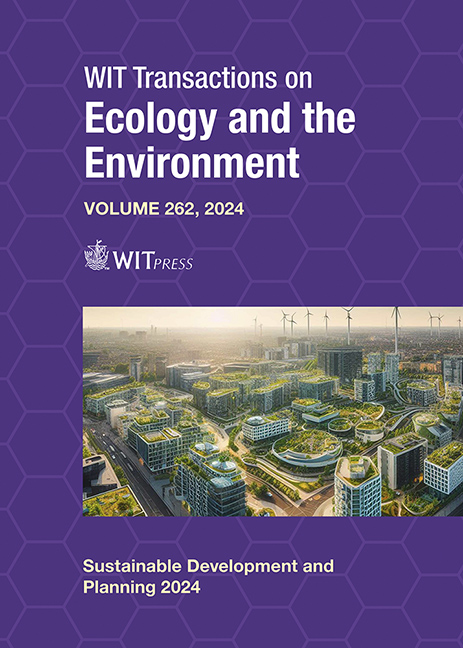ENVIRONMENTAL ASSESSMENT OF QUARRYING IN VOLCANIC ISLANDS: THE CASE OF ‘CERRO QUEMADO’, GALAPAGOS, ECUADOR
Price
Free (open access)
Transaction
Volume
262
Pages
12
Page Range
739 - 750
Published
2024
Paper DOI
10.2495/SDP240611
Copyright
Author(s)
JAIRO DUEÑAS-TOVAR, FERNANDO MORANTE-CARBALLO, EMELY LOOR-MEDRANDA, MARÍA JAYA-MONTALVO, PAÚL CARRIÓN-MERO
Abstract
The ‘Cerro Quemado’ Quarry on San Cristobal Island, Galapagos, Ecuador (UNESCO World Natural Heritage site) is a volcanic cinder cone that supplies aggregate and stone materials for the local construction industry. Increasing anthropogenic activities such as tourism increase the demand for raw materials in the construction sector. Thus, this work aims to evaluate the influence of extraction on the physical environment of an area with a fragile natural heritage by assessing impacts for the design of mitigation strategies for the affected area. Therefore, this work suggested three phases: (i) identification of activities; (ii) evaluation of impacts according to exploitation phases; and (iii) generation of preventive and corrective proposals. Of the 22 activities identified, 17 are environmental, with a moderate impact influence and a more significant influence in the production phase of the quarry (78%); however, severe impacts are more critical in the closure phase (25%). The latter classification impacts soil contamination (high alkalinity values) and landscape degradation (reduction of the cinder cone area). Finally, this work proposes actions that include a sustainable development programme in the surrounding community, waste management strategies, occupational health and safety plan, integration of geotourism as an alternative use, conserving natural and geological values of importance for the establishment of ‘nature–human’ links that explain its ecosystemic role for the development of anthropogenic activities in an area of recognised abiotic and biotic nature.
Keywords
contamination, sustainable development, waste management, raw materials





